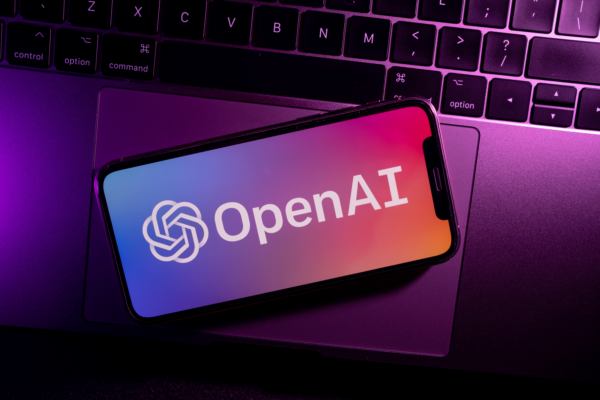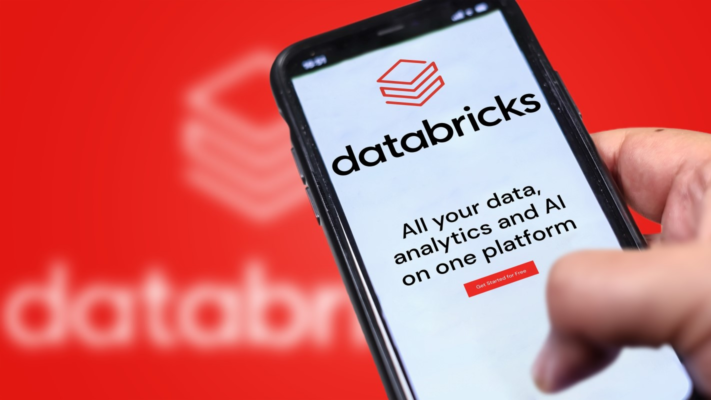OpenAI acquires Statsig to speed up generative AI-based product launches
The market for AI assistants is expected to expand from $3.35 billion in 2025 to $21.11 billion by 2030, according to a report from MarketsAndMarkets.com. A separate report from Statista showed that revenue in the AI development tool software market is projected to reach $9.76 billion in 2025 and $12.99 billion by 2030. Statsig’s technology […]
Read MoreGoogle to add developer verification requirement for Android apps
Google has announced developer verification as a new layer of security for installing Android apps, though US developers will not face the new requirement until 2027 or later. Announced August 25, the policy is intended to better protect users from repeat bad actors spreading scams and malware through app downloads. Beginning next year, Android will […]
Read MoreSpotlight report: IT careers in the AI era
Download the September 2025 issue of the Enterprise Spotlight from the editors of CIO, Computerworld, CSO, InfoWorld, and Network World. Spotlight report: IT careers in the AI eraDownload source
Read MoreThree tips for building agentic AI systems on cloud platforms
By their very nature, agentic AI systems operate with a large degree of autonomy. This autonomy has real value: Cloud-based agents can remediate incidents, optimize costs, or interact dynamically with users. However, when autonomy is unchecked or poorly defined, you often end up with unpredictable behaviors, inefficiency, or even compliance breaches. Let’s look at three […]
Read MoreMicrosoft’s signals shift from OpenAI with launch of first in-house AI models for Copilot
Independence day According to Microsoft, MAI-1-preview uses an in-house mixture-of-experts model that was pre-trained and post-trained on 15,000 Nvidia H100 GPUs, a more modest infrastructure than the 100,000 H100 cluster sizes reportedly used for model development by some rivals. However, with an eye to ramping up performance, Microsoft AI is now running MAI-1-preview on Nvidia’s […]
Read MoreOpenAI adds MCP and SIP support to gpt-realtime for smarter voice-based agents
Additionally, the model provider said that the updated gpt-realtime model has shown improvements in following complex instructions, calling tools with precision, and producing speech that “sounds more natural and expressive.” These improvements, according to Dai, would help enterprises use the API for enabling low-latency, natural voice interactions for a spectrum of use cases, such as […]
Read MoreWave of npm supply chain attacks exposes thousands of enterprise developer credentials
The timing of the Nx compromise coincides with another significant npm supply chain discovery: JFrog announced it had separately uncovered eight malicious packages published on npm, including react-sxt, react-typex, and react-native-control, which contained “highly sophisticated multi-layer obfuscation, with over 70 layers of concealed code.” “Open-source software repositories have become one of the main entry points […]
Read MoreThe discipline of great code
Brilliant code In other words, taking care of the small and precise details will help to ensure that the big picture will be taken care of. If you don’t get the little things right, the big things won’t be right either. Writing clean code, just like polishing forks, becomes a habit. Repetition can be seen as tedious, […]
Read MoreBroadcom launches VMware Tanzu Data Intelligence and Tanzu Platform 10.3 to drive agentic AI
The multitude of tools and approaches for approaching this work are “nearly overwhelming”, so the chances of any two teams doing it the same way are minuscule. “This is a governance and scaling nightmare,” he said. “If Broadcom can bring order and velocity to AI experimentation on its journey towards positive ROI, that would go […]
Read MoreDatabricks buys Tecton to give context to AI agents
IDC analyst and associate vice president Sharath Srinivasamurthy said that event-driven automation and analyzing data in motion is a critical enabler for enterprises desiring to scale their agentic systems. “When contextual, event-driven customer data and external signals are captured and analyzed in real time, the efficacy and responsiveness of AI agents significantly improves,” Srinivasamurthy said. Since event-driven agentic automation […]
Read More











